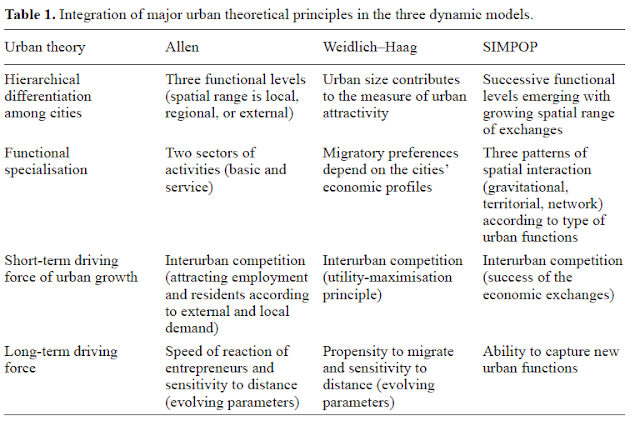
What the flip is going on with global trade?
Similarly to many branches of statistics-gathering, the world’s trade statistics bureaux lack, in their communication style, a certain panache. The writings of such agencies are characterised by a complete absence of zing, lightness-of-touch and joie de vivre. I’ve blogged before about horrific diagrams like that shown here, and how the whole enterprise of gathering information […]
Continue reading »














